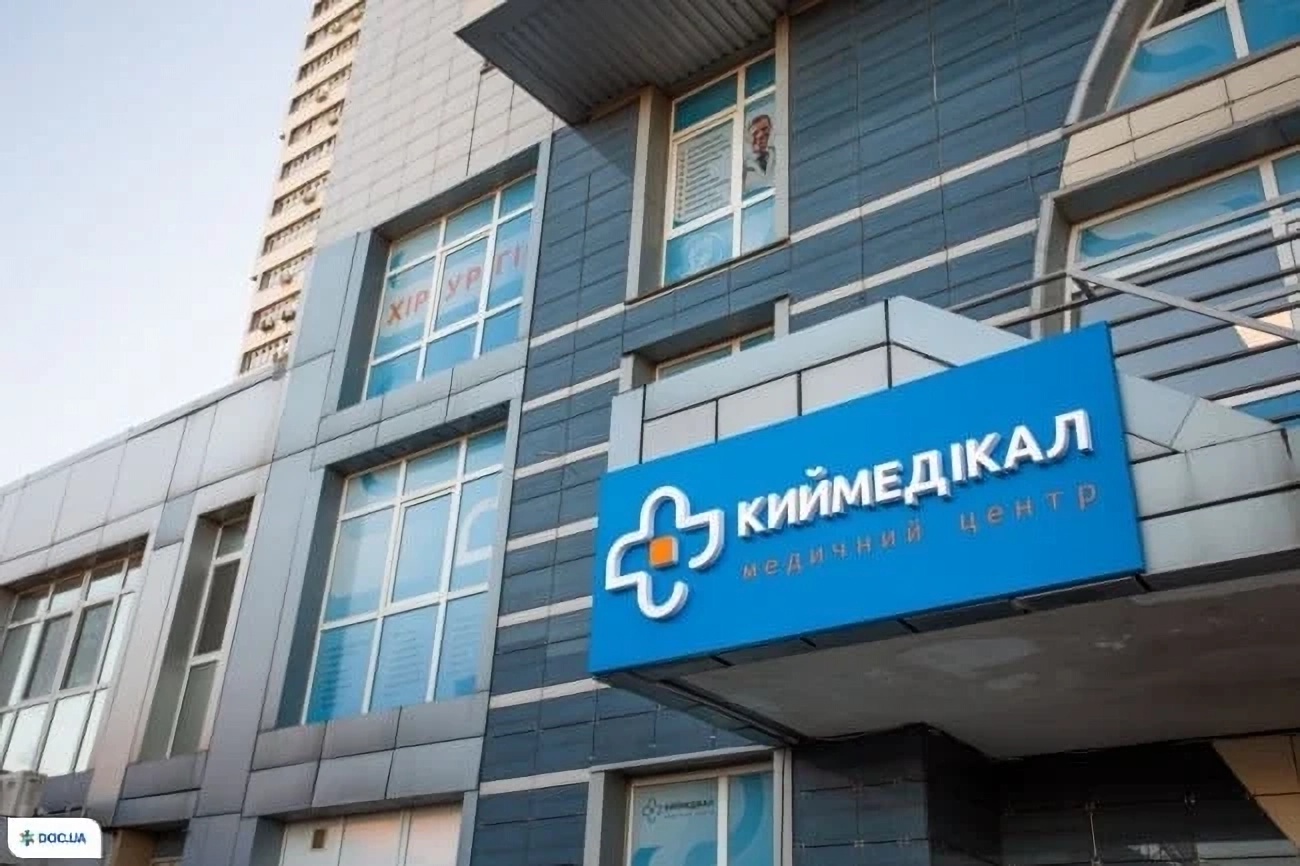Best clinics Vacuum Aspiration Abortion Kyiv
How do we organize your medical trip?
1. Leave a request on the site (preferably with all tests, images and statements)

2. Have an online meeting with a leading therapist for initial diagnosis

3. Have your arrival, accommodation, food, stay and treatment arranged according to your preferences

4. Get the invoice and have your tickets, appointments with a doctor, a hotel room, etc reserved

5. Have transfers to the hotel and other visits: medical institution, hotel, restaurants, etc. arranged

6. After successful treatment get your bill and transfer to the airport





